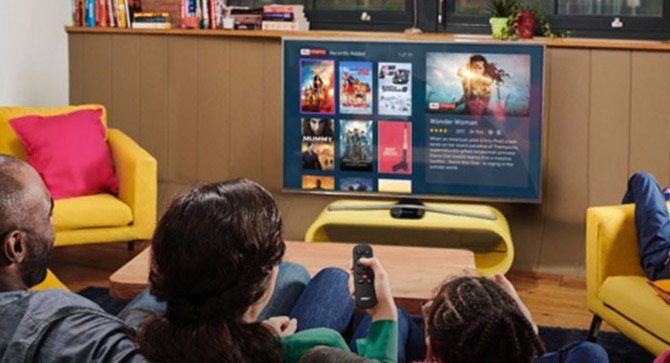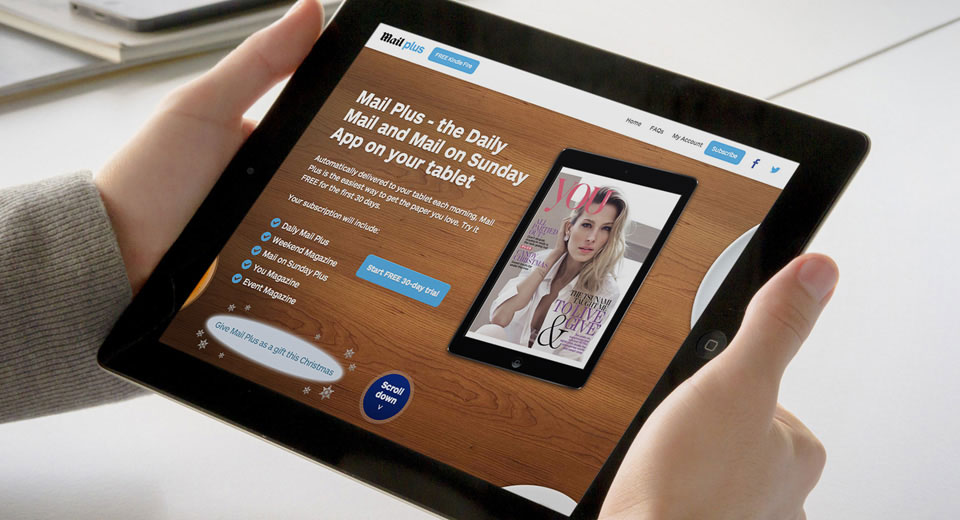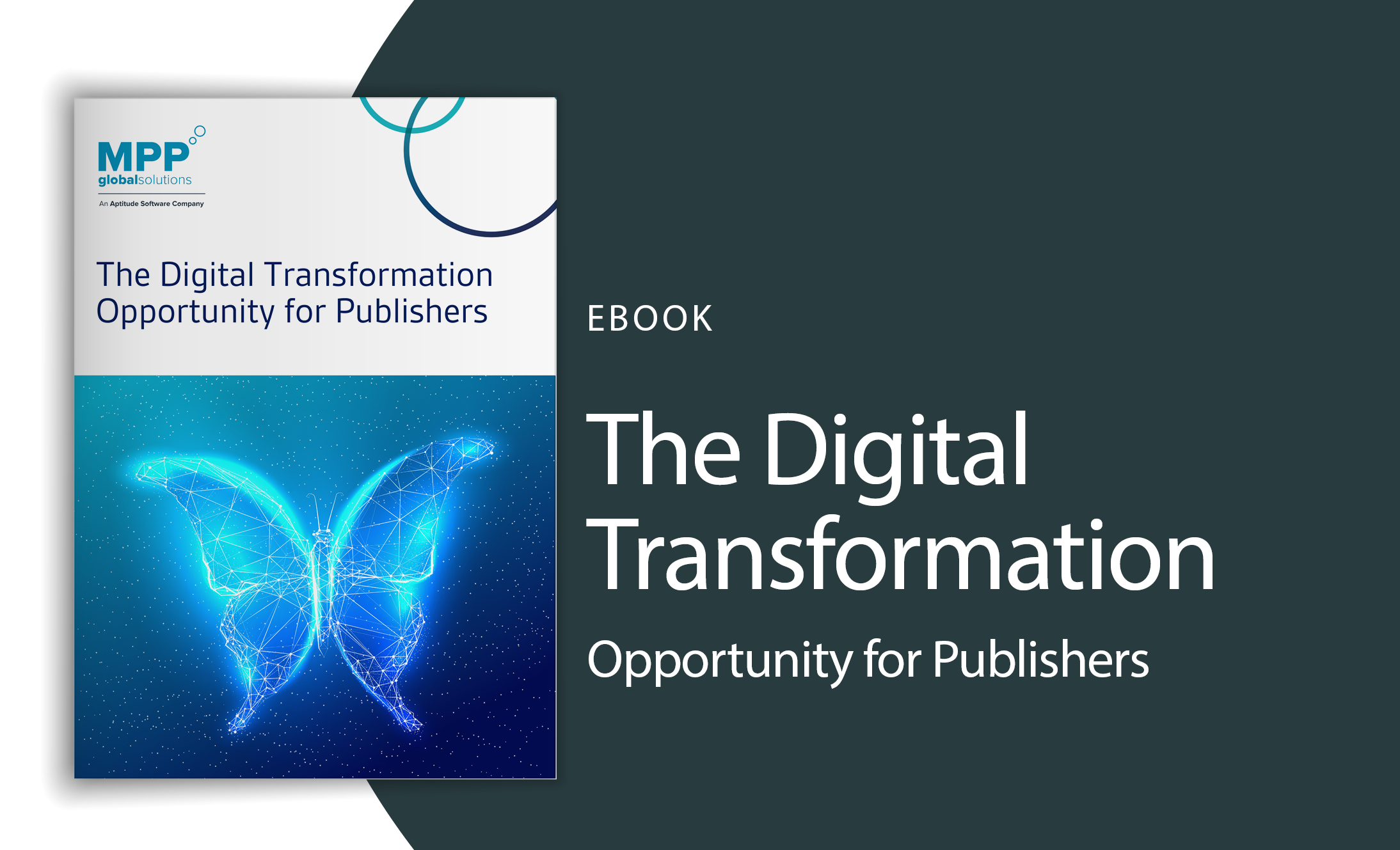Twice as Many People Willing to Pay for News Online
Twice as many people are willing to pay for their news content online than a year ago, according to a new study by Oxford University’s Reuters Institute Study of Journalism.
The study, which was co-sponsored by Newsworks and surveyed 11,000 internet users in nine countries, found the younger generation is more willing to pay than anyone else.
Some 49 per cent of 18 to 24 year olds read a digital newspaper and more than two-thirds of this age group said they had read a national newspaper in any format in the week before the survey. Meanwhile, those aged between 25 and 34 are most willing to part with their cash for it.
As the number of people buying print media plummets, organisations have turned to the internet in order to provide their content to users who are increasingly connected to the web.
However, in order to monetise the service, several firms have decided to put up a paywall requiring people to subscribe to the company in order to access the news.
While at the start users were not so willing to pay for it, things appear to be changing.
The UK has witnessed a significant leap in the number of people paying for some kind of news digitally in the last 12 months, jumping from four per cent to nine per cent.
A surge in tablet and smartphone sales has meant consumers can go online wherever they are and for this reason firms need to provide content for all platforms. Paywalls can be placed across all devices, meaning individuals just need to set up one account in order to access news on whichever one they choose.
Nic Newman, author and research associate at the Reuters Institute for the Study of Journalism, said: “We’re starting to see significant shifts in public attitudes to online news, with more people starting to pay for digital news or seeming to accept that in future they will probably have to pay for a service that they currently get for free.
“Paywalls and apps are no longer regarded as novelties, but are now increasingly part of everyday life for many of those wanting to access news.”
 us
us 






 Posted by MPP Global on
Posted by MPP Global on


